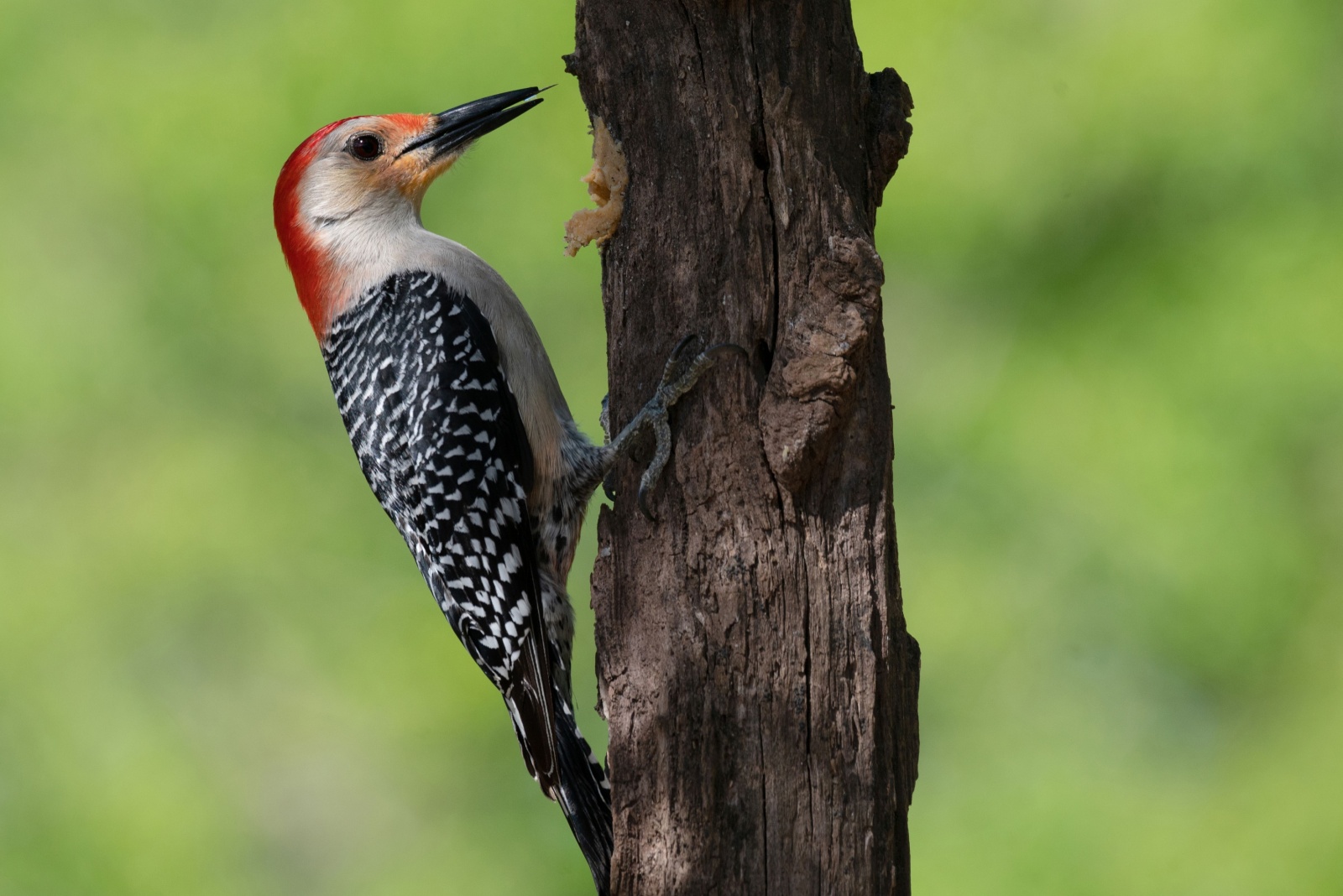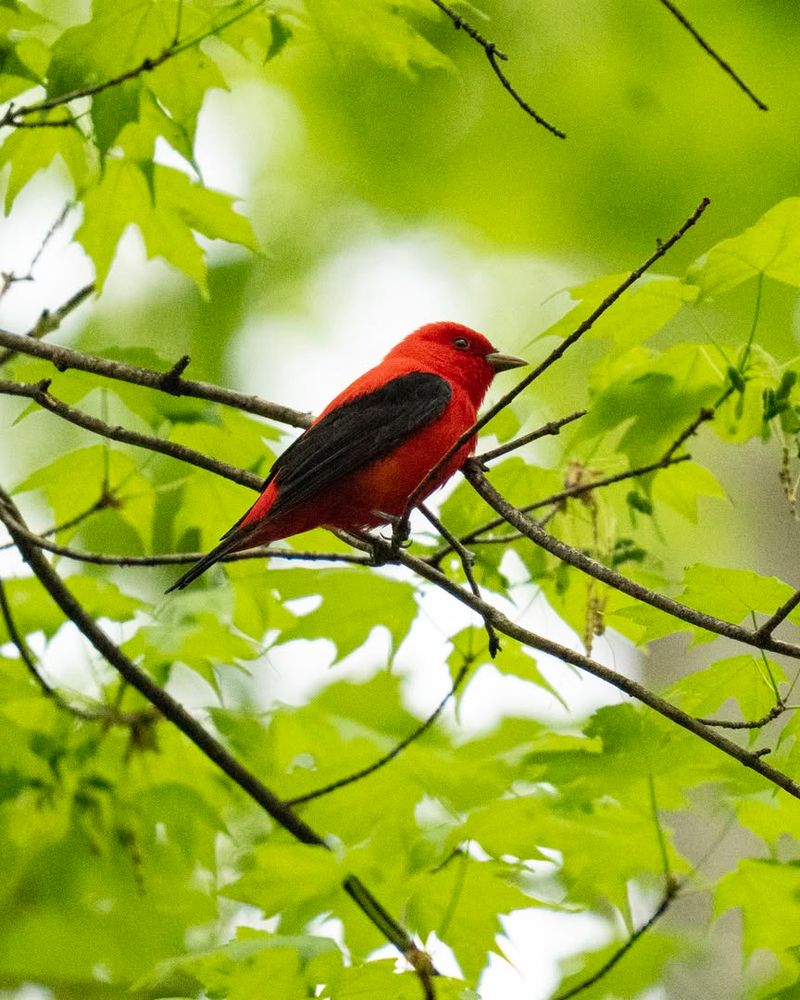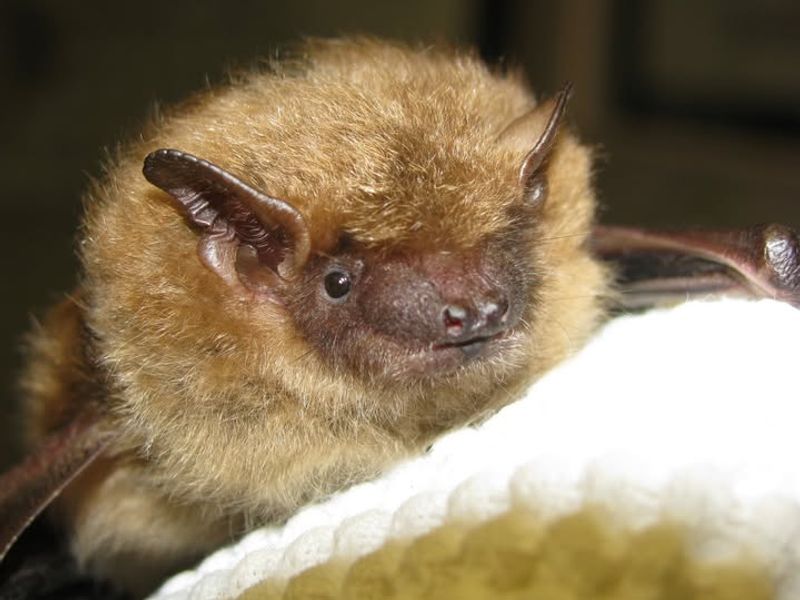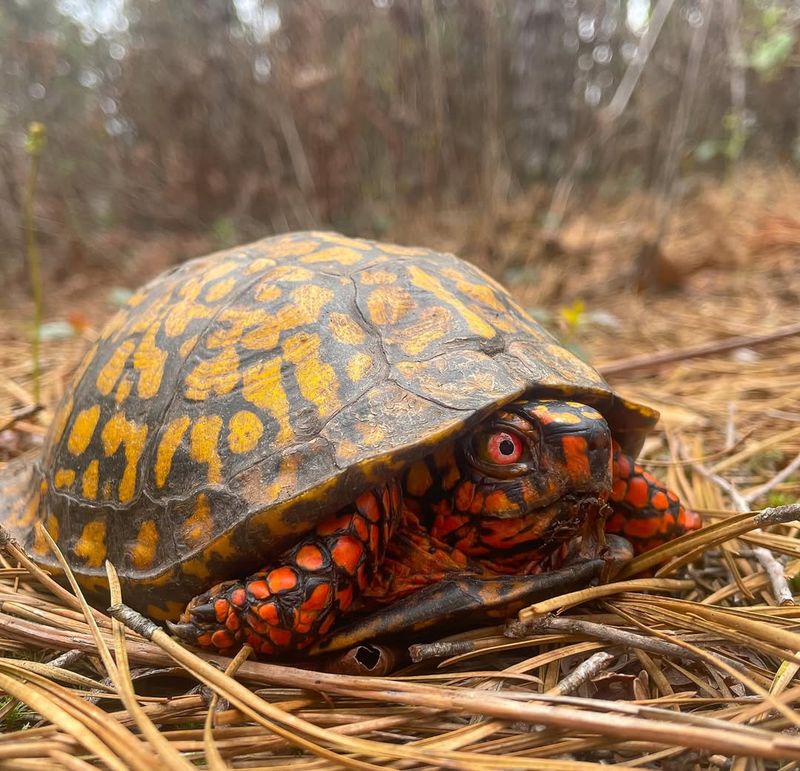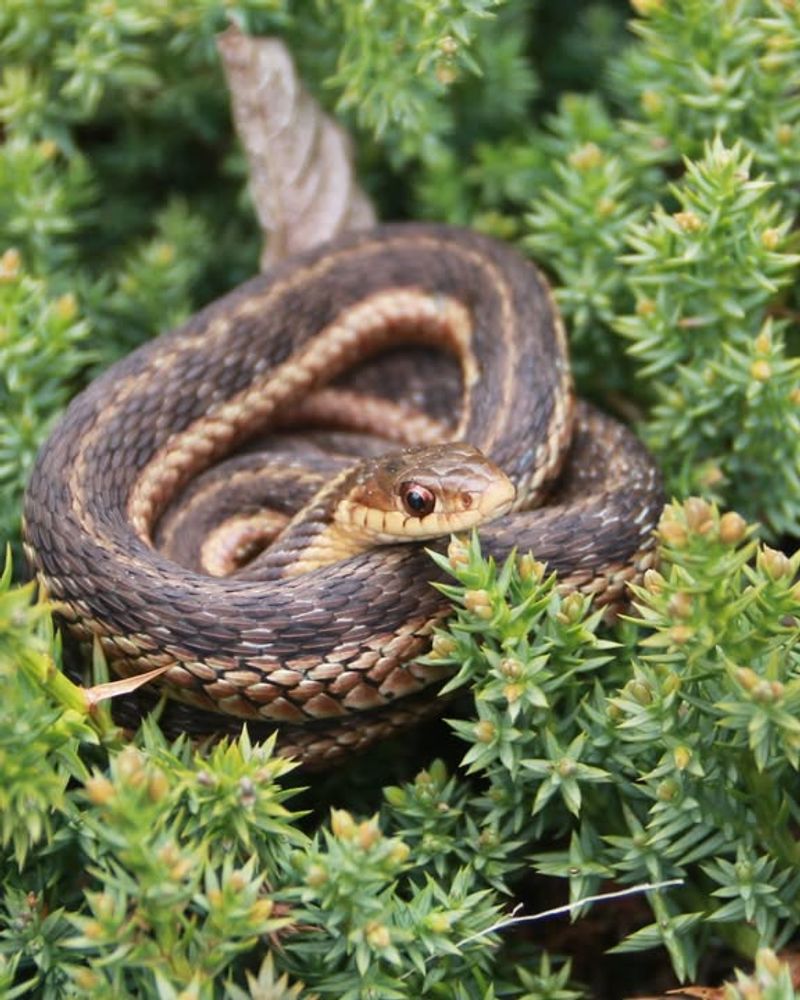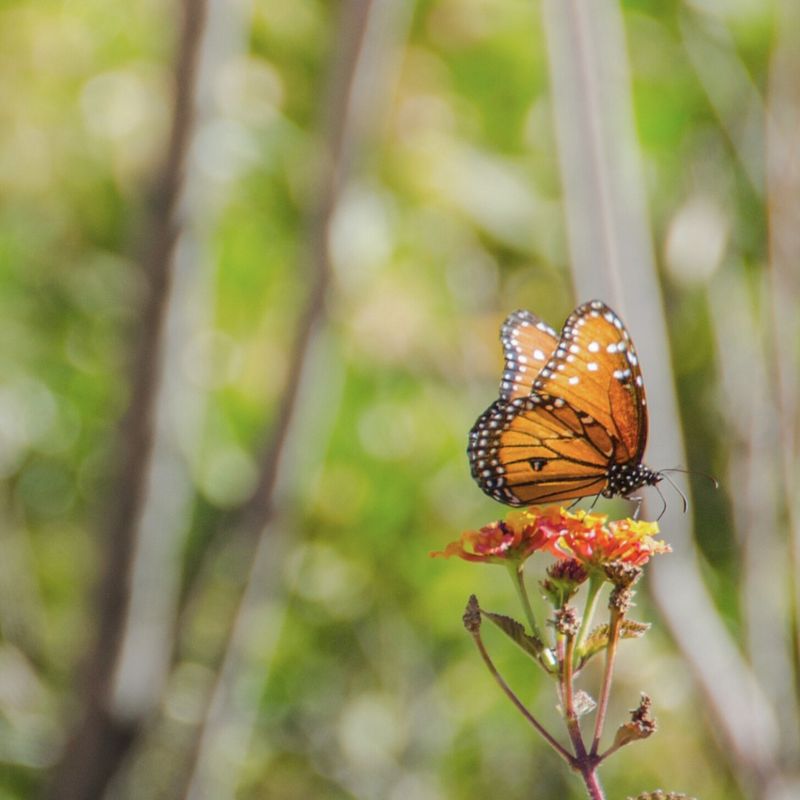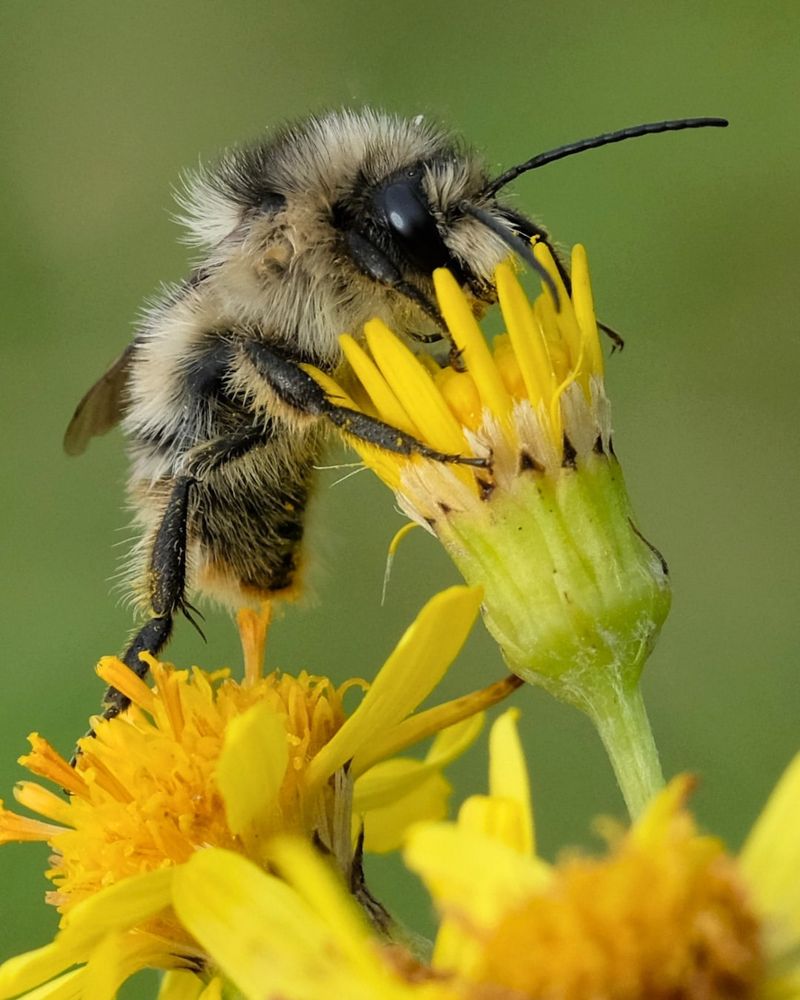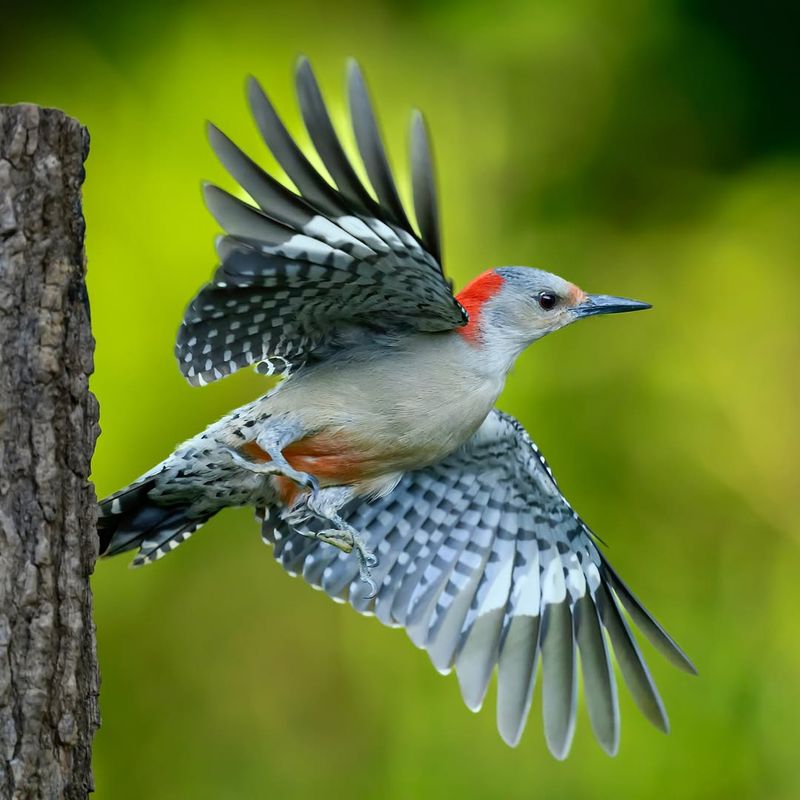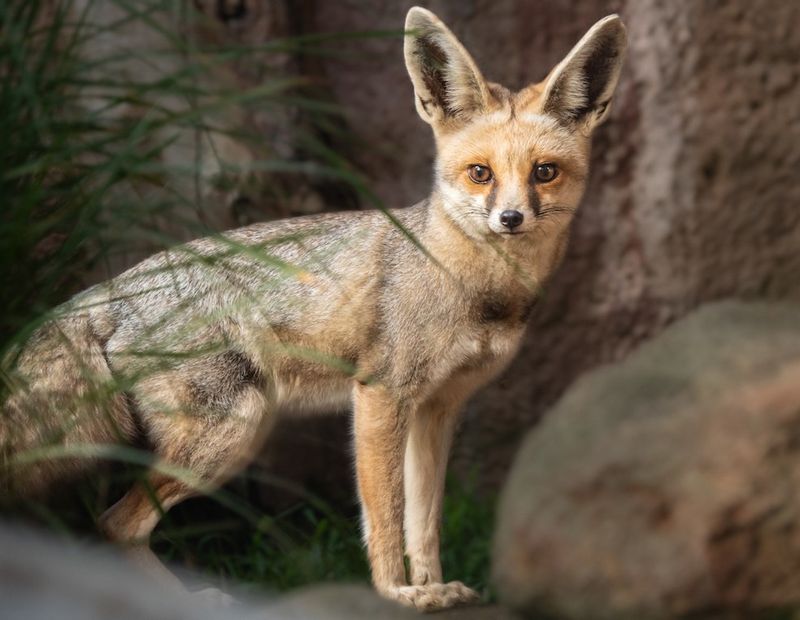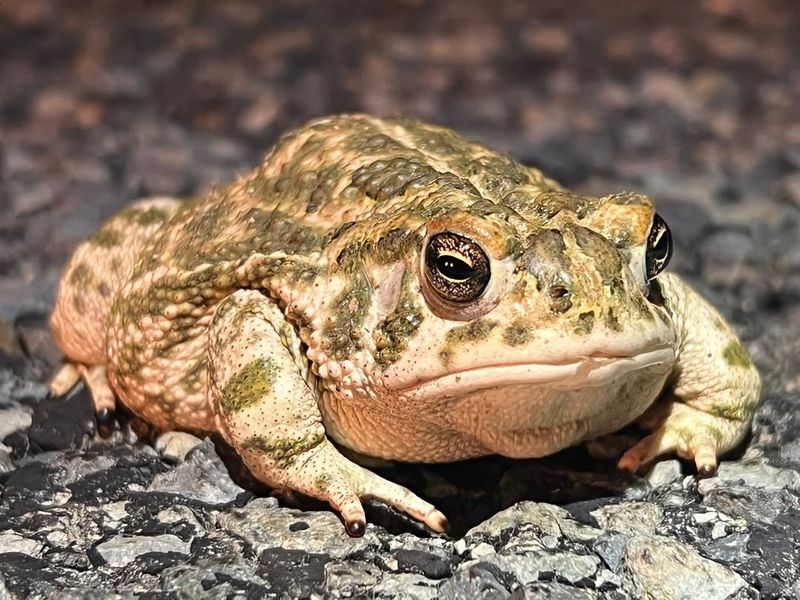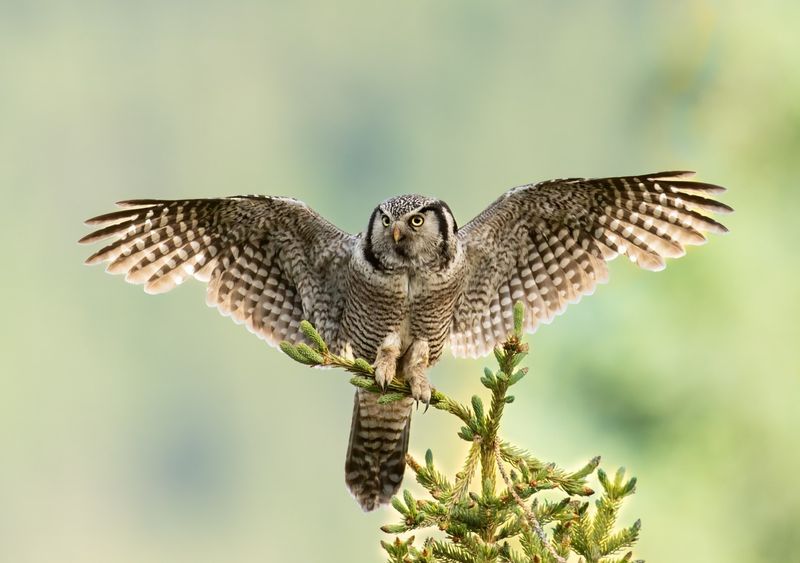Indiana gardeners often face wildlife challenges that test their patience and plant protection skills. However, not all creatures can be legally removed from your property, even when they’re munching on your prized tomatoes or digging up flower beds.
State and federal laws protect certain species due to their ecological importance or conservation status. Understanding which animals you can’t legally remove helps you develop better strategies for coexisting with local wildlife.
1. Migratory Songbirds: Nature’s Garden Helpers
Under the Migratory Bird Treaty Act, removing or disturbing nests with eggs or young birds is strictly prohibited. Many homeowners discover this when robins or cardinals build nests in inconvenient spots around porches or garden structures.
A friend in Bloomington learned this lesson when attempting to relocate a nest from her garage door track. The fine could have reached thousands of dollars! Instead of removal, temporarily adjust your gardening activities around nesting areas.
Most songbirds actually benefit gardens by controlling insect populations. In exchange for temporarily working around their nesting sites, these birds provide natural pest management that reduces the need for chemical interventions in your Indiana garden.
2. Bats: Misunderstood Nighttime Pest Controllers
Many species of bats in Indiana are protected under state law, making it illegal to harm or remove them without proper permits. These nocturnal creatures consume thousands of mosquitoes and garden pests nightly, providing free pest control services.
When I discovered a small colony in my shed near Indianapolis, I contacted a wildlife specialist instead of attempting removal myself. The legal approach involves waiting until bats leave for feeding, then sealing entry points – but only during specific seasons when young aren’t present.
Between May and August, bat colonies may have dependent young that cannot fly, making removal during this period both illegal and harmful to their population. Professional exclusion methods must be used outside breeding season.
3. Eastern Box Turtles: Slow-Moving Garden Visitors
These distinctive reptiles with dome-shaped shells are considered a species of special concern in Indiana. Their declining populations mean gardeners must leave them be when spotted crossing yards or gardens.
Last summer, my neighbor in southern Indiana created a small pathway through her fence line after noticing the same turtle attempting to follow its natural route through her newly fenced property. The turtle continued its seasonal journey without disruption.
If you spot one in your garden, simply observe from a distance. They help control slugs and insects while aerating soil with their movements. Consider yourself lucky – their presence indicates your garden is part of a healthy ecosystem!
4. Certain Snake Species: Garden Allies Against Rodents
Several snake species, including the endangered Kirtland’s snake and threatened Copperbelly water snake, have protected status in Indiana. Even common species like garter snakes are beneficial predators that help control rodent populations around gardens and homes.
During my master gardener training in Fort Wayne, we learned to identify protected species. Many gardeners mistakenly fear all snakes when most Indiana species are harmless and beneficial for controlling mice that damage garden roots and seeds.
Rather than removing snakes, create brush piles away from your main gardening areas. This provides alternative habitat that keeps them nearby for pest control while reducing unexpected encounters during your gardening activities.
5. Monarch Butterflies: Recently Protected Pollinators
Recently added to endangered species lists, Monarch butterflies and their caterpillars cannot be removed or destroyed. Their caterpillars feed exclusively on milkweed, which many gardeners once considered a nuisance plant.
My community garden in central Indiana now specifically plants milkweed to support these iconic insects. When we spot the distinctive yellow, black and white caterpillars, we celebrate rather than remove them, knowing they’ll transform into important pollinators.
Consider establishing a dedicated monarch waystation in your yard with various milkweed species and nectar plants. The Indiana Department of Natural Resources offers resources for creating butterfly-friendly spaces that comply with protection regulations.
6. Bumblebees: Essential Pollinators With Legal Protection
The rusty patched bumblebee, once common throughout Indiana, is now federally protected as an endangered species. These native pollinators are critical for vegetable gardens, fruit trees, and flowering plants throughout the state.
While working in my tomato garden near South Bend, I’ve learned to appreciate their presence rather than fear it. Unlike honeybees, bumblebees can pollinate in cooler, damper conditions, making them invaluable for early spring gardens in Indiana’s unpredictable climate.
If you discover a ground nest in your yard, rope off the area temporarily rather than destroying it. Most colonies are annual and will naturally die off after fall, with only new queens overwintering to start fresh colonies elsewhere next spring.
7. Woodpeckers: Protected Despite Their Noisy Habits
All woodpecker species in Indiana are protected under federal law, even when they’re drumming on your house siding or garden structures. These birds play crucial roles in controlling wood-boring insects that can damage trees throughout your property.
After dealing with a persistent downy woodpecker near my garden shed in Muncie, I installed visual deterrents – shiny strips that move in the breeze – rather than trying to remove the bird. This humane approach kept my structures safe while respecting wildlife protection laws.
For gardeners concerned about fruit tree damage, try offering suet feeders in winter months to provide alternative food sources. This strategy has worked well for several Indiana Master Gardeners I’ve consulted with over the years.
8. Foxes: Misunderstood Rodent Controllers
Both red and gray foxes have protected status in Indiana outside of regulated hunting seasons. While gardeners might worry about these predators, they actually provide valuable services by controlling rabbits, voles, and other animals that damage crops.
During a community garden meeting in Evansville, a wildlife biologist explained that foxes rarely threaten domestic animals and typically avoid human contact. Their presence often indicates a healthy ecosystem with balanced predator-prey relationships.
If you spot a fox den near your property, maintain a respectful distance. Foxes typically use dens only during breeding season and will move their kits elsewhere if they sense too much human activity. Their natural hunting helps protect your garden from numerous smaller pests.
9. Certain Frog and Toad Species: Garden Pest Patrol
Several amphibian species, including the crawfish frog and eastern spadefoot toad, have protected status in Indiana. These garden allies consume vast quantities of insects, including many that damage plants and produce.
Creating a small water feature in my Lafayette garden attracted several toad species that helped control slugs and insects. The Indiana Department of Natural Resources advises against relocating these amphibians, as they often have specific habitat requirements and homing instincts.
Instead of removing them, provide shallow water sources and damp, shady areas under shrubs or garden structures. Avoid using chemical pesticides that can harm amphibians through their permeable skin – their presence means your garden has fewer pest problems naturally!
10. Raptors: Hawks and Owls That Patrol Your Property
All hawks, owls, and other birds of prey are federally protected, making it illegal to harass or remove them from your property. These majestic birds help maintain ecological balance by controlling rodent populations that can devastate gardens.
When a Cooper’s hawk built a nest near my vegetable garden in northern Indiana, I initially worried about my backyard chickens. After consulting with a local wildlife expert, I learned to appreciate the hawk’s role in controlling rabbits and voles that had been damaging my root vegetables.
Consider installing raptor perches along garden edges to encourage these natural predators. A simple 15-foot pole with a crossbar gives hawks an excellent hunting platform while keeping smaller garden pests on high alert and less likely to damage your plants.

